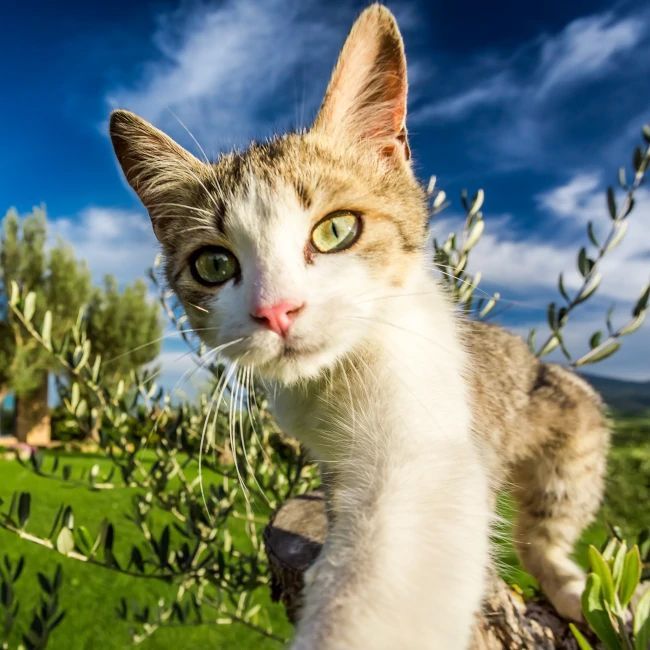Veterinary Clinic
Spay & Neuter Services
You can help combat pet overpopulation, safeguard your companion pet from harm, and make your neighborhood a safer place by spaying or neutering companion your pet.

About
About Spay & Neuter Services
We offer spay and neuter services to ensure that your companion pet lives a healthy life. One of the most responsible decisions you can make as a companion pet guardian is to decide to spay or neuter your new companion pet. In addition to extending the lifespan of your companion pet by lowering or preventing the risk of certain malignancies, spaying and neutering also reduce the number of animals put to death each year and the number of animals in shelters.
We think spaying and neutering animals is a useful project because data show that approximately 4 million pets in the United States are euthanized each year. By offering these services, we seek to increase the lifespan of companion pets and aid in reducing pet overpopulation in the neighborhood.
Reasons to spay or neuter your pet:
- Decrease aggressive behaviors in male companion pets
- Decrease desire for companion pets to roam and find mates
- Decrease companion pet overpopulation and companion pet euthanasia
- Decrease risk of mammary gland tumors
- Eliminate heat cycles, bleeding, and yelling for a mate
- Eliminate or reduce marking and spraying
- Reduce risk of ovarian and uterine cancers
- Reduce risk of prostate cancer and testicular cancer
What Does Spay & Neuter Involve?
The surgical treatments of spaying and neutering both stop an animal from reproducing. For animals that are at least 6 months old and won’t be utilized for reproduction, spaying and neutering are usually advised. In order to prevent pregnancy, the uterus and ovaries are surgically removed during spaying on female animals. In male animals, neutering entails the removal of the testicles in order to stop reproduction. Despite the fact that each of these procedures sounds complicated, they can typically be finished in a few hours and do not necessitate an overnight clinic stay.
The days after surgery may bring on more discomfort for your companion pet. Painkillers may be administered depending on your companion pet’s procedure. To aid your pet’s rehabilitation, remember to follow these recommendations:
- Do not allow your companion pet to run or jump for the next few days.
- Examine the incision daily to ensure proper healing.
- Keep your companion pet confined from others, and allow them to have a quiet resting place.
- Prevent your companion pet from licking the surgical site by keeping close watch or by using an Elizabethan collar.
- If your companion pet’s incision has opened or if you notice excessive swelling, redness, or discharge, contact our office immediately.

